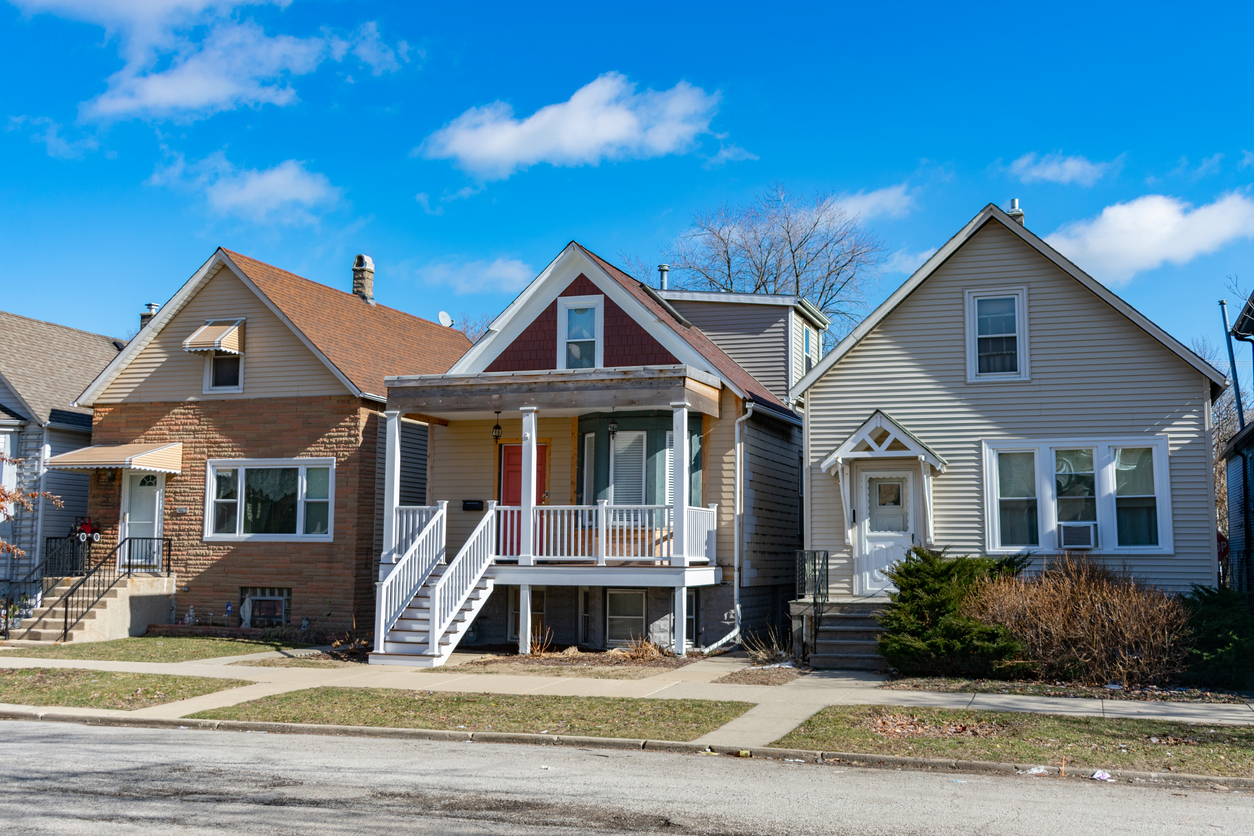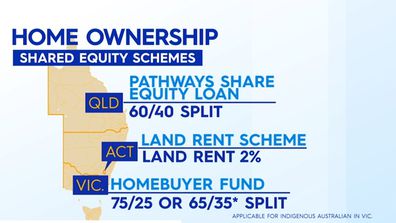
An 80-10-10 mortgage is a type where the buyer takes out two mortgages. One mortgage covers 80% of the purchase cost and the other 10%. This loan is an excellent option for first-time homebuyers. These loans can include home equity loans as well as home equity lines credit.
There are disadvantages to taking out two mortgages
A second mortgage is a great way to buy a second house. But, due to the collapse of the housing market and subsequent mortgage crisis the requirements for second mortgages have changed. For example, lenders are now more strict on a borrower's debt-to-income ratio, which makes it harder for borrowers to qualify for a second mortgage.
Second mortgages are a great way to get quick cash for your home and other financial needs. However, there is always risk. Your home may be lost if your second mortgage is not repaid. You should carefully weigh the risks and benefits before taking out a second mortgage.

Cost of an 80 1010 loan
The 80-10-10 loan is a great option for home buyers who need to put down a down payment. The loan can also be used to repay your second mortgage. These loans are the equivalent of combination loans. They were initially introduced to help people buy homes without much down. The 80-10-10 mortgage consists of two mortgages, each with a different amount of interest. In some cases, the first mortgage is a fixed-rate loan, and the second one is an equity loan. The remaining 20% of the purchase price will be covered by the second loan.
Although the 80-10-10 loan can be advantageous, it does come with some disadvantages. Firstly, if your down payment is only 10% of the purchase price, you will most likely not qualify for a jumbo loan. Jumbo loans require higher credit scores. They also have higher debt-to–income ratios. These mortgages are more difficult for refinance.
Qualifying for an 80 10 10 loan
You must have a high credit score and a minimum 10% down payment to qualify for an 80-10-10 mortgage loan. This type of mortgage is also offered by some lenders. You must have a low debt to income ratio (DTI) as well as a credit score of 680 or less.
Although the interest rate on an 80-10-10 loan is low, it has its advantages. This type mortgage requires that you are eligible for two loans. You must also close both loans. Refinancing a 80-10-10 loan is not easy. You should work with a trusted lender to help you navigate this process. LBC Mortgage's experts are available to answer any questions. They are here to help you find the best deal.

Refinancing an 80 10 10 loan
A 80-10-10 loan can allow you to borrow as much as 90% of the home's purchase price. For this type of loan, the lender will normally accept a 10% down payment. This loan has many advantages, including the option to skip private mortgage coverage. This type of loan is available to most lenders through the end 2022.
To get this type of loan, you will need to be approved by two lenders. However, there are some drawbacks. Refinances require you to be eligible for two loans. This type loan is also known under the name piggyback loan. It can be difficult to refinance an 80-10-10-loan because you have to receive approval from two lenders.
FAQ
What is a reverse loan?
Reverse mortgages are a way to borrow funds from your home, without having any equity. It allows you to borrow money from your home while still living in it. There are two types of reverse mortgages: the government-insured FHA and the conventional. With a conventional reverse mortgage, you must repay the amount borrowed plus an origination fee. FHA insurance covers repayments.
How much does it cost to replace windows?
Window replacement costs range from $1,500 to $3,000 per window. The total cost of replacing all of your windows will depend on the exact size, style, and brand of windows you choose.
How much money do I need to save before buying a home?
It depends on how much time you intend to stay there. If you want to stay for at least five years, you must start saving now. But, if your goal is to move within the next two-years, you don’t have to be too concerned.
What are the downsides to a fixed-rate loan?
Fixed-rate mortgages have lower initial costs than adjustable rates. Also, if you decide to sell your home before the end of the term, you may face a steep loss due to the difference between the sale price and the outstanding balance.
Statistics
- When it came to buying a home in 2015, experts predicted that mortgage rates would surpass five percent, yet interest rates remained below four percent. (fortunebuilders.com)
- Based on your credit scores and other financial details, your lender offers you a 3.5% interest rate on loan. (investopedia.com)
- It's possible to get approved for an FHA loan with a credit score as low as 580 and a down payment of 3.5% or a credit score as low as 500 and a 10% down payment.5 Specialty mortgage loans are loans that don't fit into the conventional or FHA loan categories. (investopedia.com)
- Some experts hypothesize that rates will hit five percent by the second half of 2018, but there has been no official confirmation one way or the other. (fortunebuilders.com)
- Private mortgage insurance may be required for conventional loans when the borrower puts less than 20% down.4 FHA loans are mortgage loans issued by private lenders and backed by the federal government. (investopedia.com)
External Links
How To
How to Find Real Estate Agents
The real estate market is dominated by agents. They sell homes and properties, provide property management services, and offer legal advice. Experience in the field, knowledge about your area and great communication skills are all necessary for a top-rated real estate agent. You can look online for reviews and ask your friends and family to recommend qualified professionals. A local realtor may be able to help you with your needs.
Realtors work with both buyers and sellers of residential real estate. A realtor helps clients to buy or sell their homes. Apart from helping clients find the perfect house to call their own, realtors help manage inspections, negotiate contracts and coordinate closing costs. Most agents charge a commission fee based upon the sale price. Unless the transaction closes, however, some realtors charge no fee.
There are many types of realtors offered by the National Association of REALTORS (r) (NAR). To become a member of NAR, licensed realtors must pass a test. Certification is a requirement for all realtors. They must take a course, pass an exam and complete the required paperwork. NAR designates accredited realtors as professionals who meet specific standards.